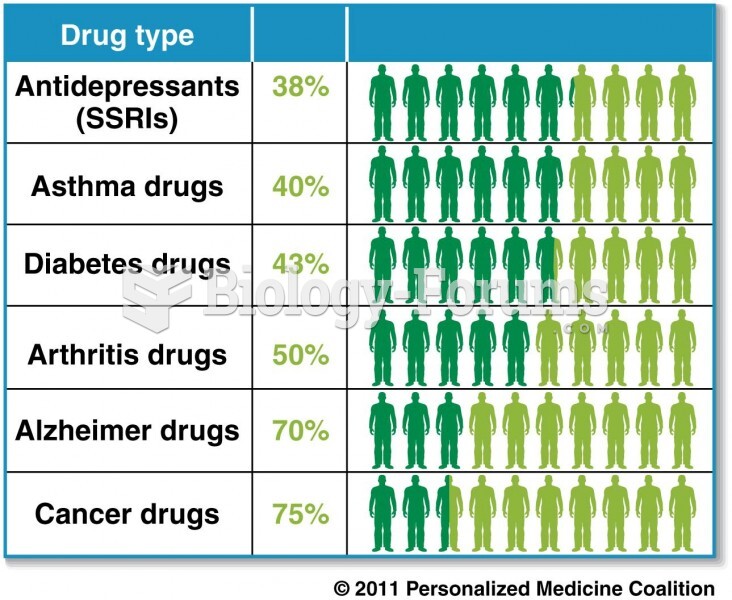This topic contains a solution. Click here to go to the answer
|
|
|
Did you know?
During the twentieth century, a variant of the metric system was used in Russia and France in which the base unit of mass was the tonne. Instead of kilograms, this system used millitonnes (mt).
Did you know?
Most women experience menopause in their 50s. However, in 1994, an Italian woman gave birth to a baby boy when she was 61 years old.
Did you know?
There are 60,000 miles of blood vessels in every adult human.
Did you know?
Women are 50% to 75% more likely than men to experience an adverse drug reaction.
Did you know?
Thyroid conditions may make getting pregnant impossible.






